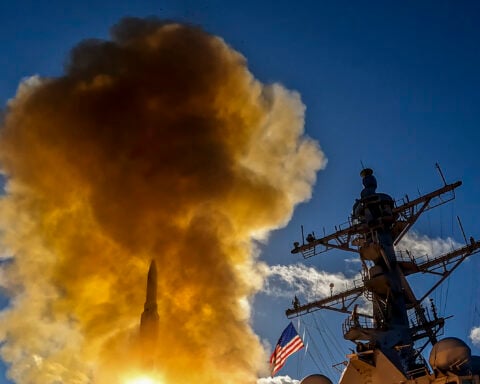The following is the June 17, 2024, Government Accountability Office Report to Congressional Committees: Weapon Systems Annual Assessment.
From the report
What GAO Found
While the Department of Defense (DOD) plans to invest more than $2 trillion to develop and acquire its costliest weapon programs, it continues to struggle with delivering innovative technologies quickly. Weapon systems are more complex and driven by software than ever before. Recent reforms were intended to lead to faster results, but slow, linear development approaches persist. In July 2023, GAO found that leading commercial companies deliver complex, innovative products with speed through iterative cycles of design, development, and production.
Cost and schedule performance for DOD’s costliest weapon programs. Combined total estimates decreased slightly by $1.7 billion in the past year for the 31 major defense acquisition programs (MDAP) that GAO assessed in depth this year and last year. This decrease was the result of several factors, including quantity reductions and changes in inflation assumptions. However, several large programs plan to update their cost estimates because of a statutory unit cost growth breach or other program performance changes, which may result in future cost growth.
 The average MDAP that has yet to deliver initial capability plans to take over 10 years to do so—slightly longer than last year. This continues a trend of increased cycle times. GAO also found that, for MDAPs that have delivered capability, the average amount of time it took to do so increased from 8 years to 11 years—an average increase of 3 years from their original planned date.
The average MDAP that has yet to deliver initial capability plans to take over 10 years to do so—slightly longer than last year. This continues a trend of increased cycle times. GAO also found that, for MDAPs that have delivered capability, the average amount of time it took to do so increased from 8 years to 11 years—an average increase of 3 years from their original planned date.
GAO also assessed 20 of DOD’s largest middle tier of acquisition (MTA) programs, with a combined estimated total cost of over $35 billion. GAO found
that five MTA programs continue to report delays to a key milestone intended to demonstrate capability.
Although the MTA pathway was designed for speed, GAO found most MTA programs do not plan to implement leading practices to facilitate that speed. For
example, most MTA acquisition strategies do not outline how programs plan to leverage leading practices to develop and deliver an initial fieldable capability— the goal of an iterative approach—within 5 years.
Some programs continue to expect to deliver capability after following lengthy, linear development schedules, such as 5 years for rapid prototyping followed by another development effort of 5 or more years. Employing leading practices to deliver capability with speed provides programs with an opportunity to follow an iterative approach to development.
Software development approaches and cybersecurity practices. Since 2021, more programs have reported using modern software development approaches.
But programs continued to lag in implementing key practices, such as using a software factory and modular contracting, to accelerate software development.
Most MDAP and MTA programs GAO reviewed did not consistently report scheduling key cybersecurity assessments at appropriate stages of development
or before planned transition dates, respectively. Conducting such assessments early is critical to identifying and fixing vulnerabilities with less effect on program schedule. In 2023, we issued a restricted report that includes recommendations
related to early cybersecurity testing.
Why GAO Did This Study
To deliver more timely and effective solutions to the warfighter, DOD revamped its department-wide acquisition policies in 2020. These
policy changes responded to longstanding concerns that the defense acquisition process was overly bureaucratic and too slow.
As part of these changes, DOD established the Adaptive Acquisition Framework, which offers a variety of pathways for acquisition programs. This framework includes the major capability acquisition pathway to acquire and modernize unique DOD programs that provide enduring capability. MDAPs, some of the costliest programs, follow the major capability pathway.
The framework also includes the MTA pathway for rapid prototyping and rapid fielding. This pathway for programs is intended to be completed in 5 years.
This report, GAO’s 22nd annual assessment, responds to a provision Congress included in statute for GAO to annually review selected DOD acquisition programs and efforts. It assesses the characteristics and performance of 108 of DOD’s costliest weapon programs.
Download the document here.





